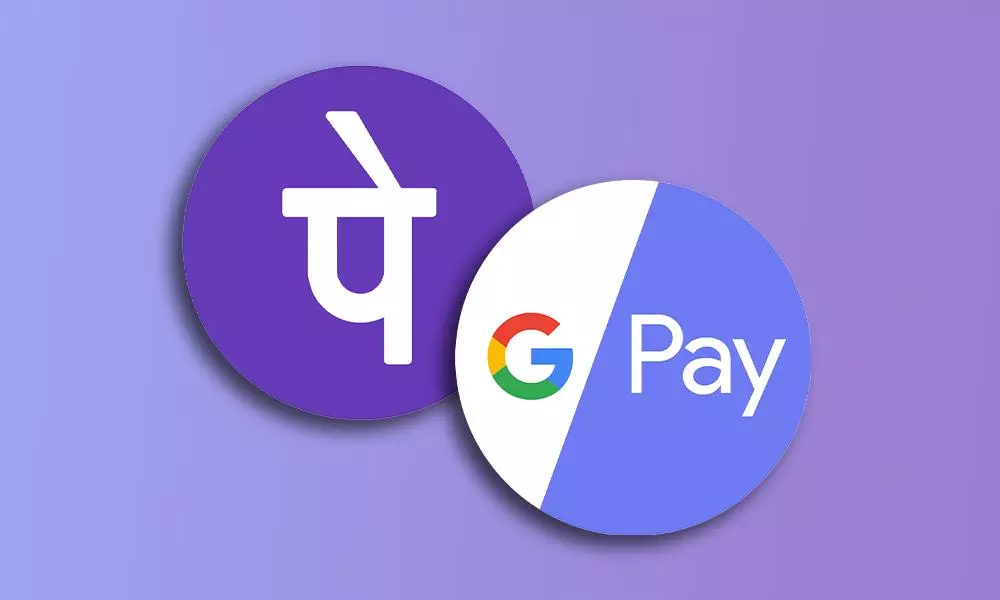
Govt considers charging UPI payments above Rs 3,000: Report
Centre weighs options to reintroduce Merchant Discount Rate on UPI payments; Payments Council of India proposes 0.3 pc MDR for UPI for large merchants

Transactions through Unified Payments Interface (UPI) may soon incur charges as the government is reportedly considering re-imposing Merchant Discount Rate (MDR) on all UPI payments above Rs 3,000 in a bid to help associated banks and payment service providers manage infrastructure and operational costs.
Concerns of banks, service providers
NDTV Profit reported that the decision is being mulled after banks and payment service providers raised concerns over rising cost of handling high-value transactions through UPI apps.
Also read: New UPI transaction limits: All you need to know
The sources in knowledge of the discussions, however, said that MDR wouldn’t be applicable to small transactions.
“While small-ticket UPI payments would likely remain exempt, larger transactions could soon carry a merchant free, reversing the zero-MDR policy in place since January 2020,” the report quoted a source as saying.
The report said that discussions are underway to allow MDR based on transaction value instead of merchant turnover.
What is MDR?
MDR is a payment made by merchants to payment processing companies for handling debit and credit card transactions. Even though UPI accounts for around 80 per cent of retail digital transactions in India, the zero MDR regime – in place since January 2020 – has limited the scope for investments in the sector.
Also read: NPCI extends deadline for GPay, PhonePe to cut UPI market share by 2 years
In March this year, the government approved a Rs 1,500 crore incentive for the promotion of small-value BHIM-UPI (P2M) transactions up to Rs 2,000, a move aimed at benefiting common people and small merchants.
PCI proposes MDR of 0.3% for UPI
The same month, Payments Council of India (PCI), an industry body for non-banking payment industry players, requested the government to reconsider the Zero MDR policy for UPI and RuPay debit card transactions.
In a letter addressed to Prime Minister Narendra Modi, the council said that while the government has provided financial incentives to offset some of the ecosystem’s operational costs, the Rs 1,500 crore allocation covers only a fraction of the estimated Rs 10,000 crore annual cost required to maintain and expand UPI services.
Also read: Why Flipkart has rolled out UPI service, and how you can sign up for it
The industry proposed the introduction of an MDR for RuPay debit cards for all merchants and a reasonable MDR of 0.3 per cent for UPI only for large merchants.
The current MDR on credit and debit card payments ranges from 0.9 per cent to 2 per cent, excluding RuPay.
‘MDR won’t cover RuPay’
The NDTV report says that RuPay credit cards will be kept out of MDR’s ambit for now.
Also read: India's UPI system leading in cross-border payment: US treasury official
The report quoting officials privy to the matter said that a decision on charging UPI payments may be taken within a month or two after consultations with stakeholders, including banks, fintech firms, and the National Payments Corporation of India.

